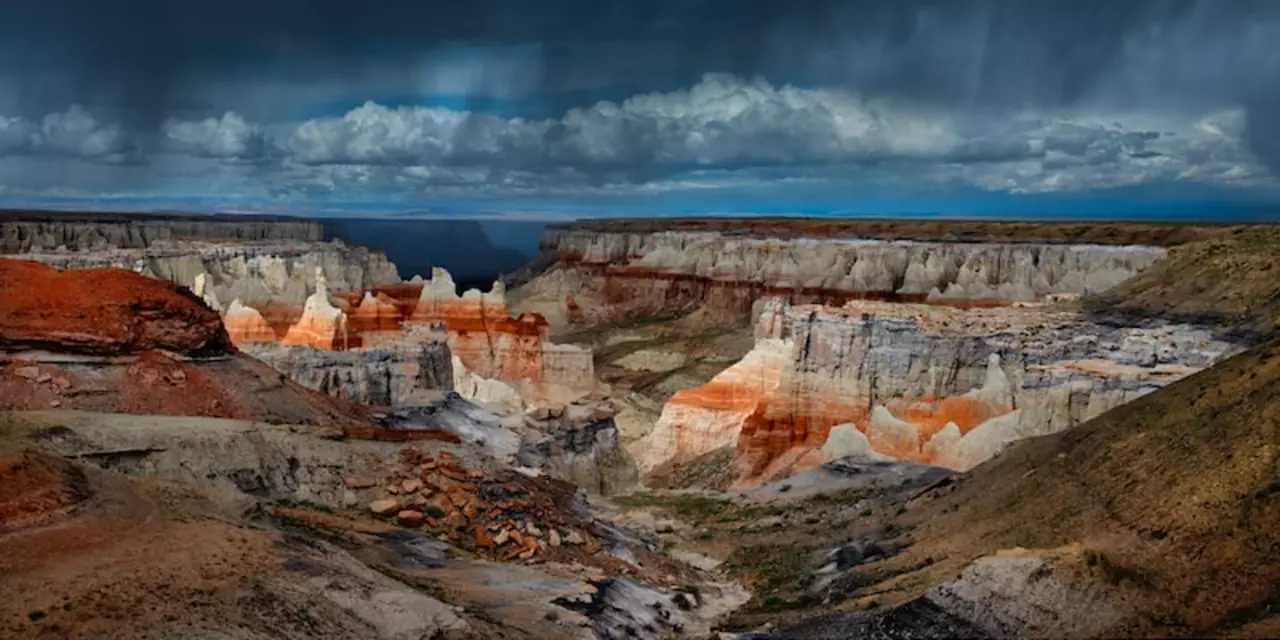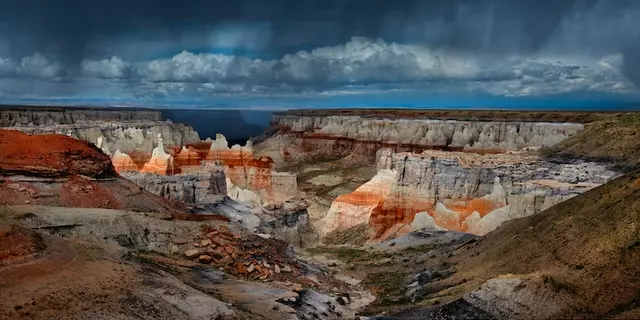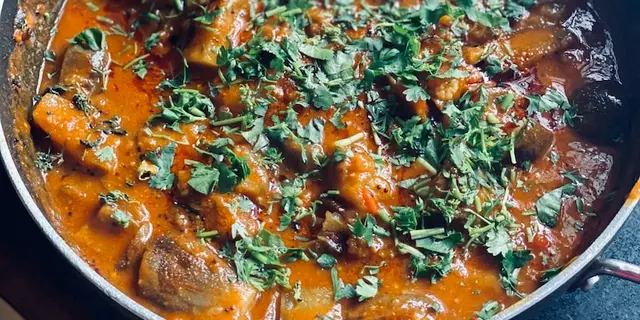The indigenous people of India are the oldest inhabitants of the country, yet their living conditions are some of the most difficult in the world. The Indian reservations where they live are often remote, lacking basic amenities and infrastructure. Despite their difficult circumstances, many indigenous people are determined to keep their culture alive and to ensure their children have a better future.
In recent years, the Indian government has made efforts to improve the lives of indigenous people living in Indian reservations in India. They have increased educational opportunities and access to health care and sanitation. In addition, the government has also provided economic incentives for those living in remote areas by investing in roads and other infrastructure. While these efforts have been helpful, much more needs to be done to ensure that all indigenous people in India have the same access to basic necessities as those living in other parts of the country.
The indigenous people of India face many challenges, but they also have unique strengths. They are often strong and resilient, and have a deep connection to their land. They have a deep understanding of their environment and the importance of preserving their culture and traditions. In addition, many have a strong spiritual connection to the land, and this connection can be seen in their traditional ceremonies, stories, and songs.
It is important to recognize the unique contributions of the indigenous people of India and to work with them to ensure that their rights are respected and their voices are heard. By understanding their struggles, we can work together to make sure that they have access to the same basic rights and amenities that everyone else does. By investing in their communities, we can help to improve the lives of indigenous people living in Indian reservations in India and ensure that their culture is preserved for future generations.
Indian reservations are a unique aspect of Indian life in India. They are traditionally set aside for the exclusive use of a particular group of indigenous people, typically of a tribal nature. In recent years, the economic and social conditions of many Indian reservations have been in decline, leading to a number of problems for their inhabitants. In this blog post, we will investigate the economic and social challenges of Indian reservations in India.
Economic Challenges
The economic challenges facing Indian reservations are numerous and varied. Many of the issues stem from the fact that the reservations are often located in remote, rural areas, making it difficult to access basic services such as healthcare and education. In addition, many of the reservations lack access to modern infrastructure, making it difficult for businesses to operate. This has led to an increase in unemployment and poverty, as well as a decrease in the amount of revenue generated from activities such as mining and forestry.
Social Challenges
The social challenges facing Indian reservations are equally numerous and varied. Many of the issues stem from a lack of access to basic services, such as healthcare and education. This has led to an increase in crime and substance abuse, as well as a decrease in the quality of life for many of the inhabitants. In addition, many of the reservations are plagued by racism and discrimination, making it difficult for the inhabitants to participate in mainstream society.
Conclusion
The economic and social challenges facing Indian reservations in India are numerous and varied. However, by addressing these issues, the government and the people living on the reservations can work together to create a better future for themselves and their communities. It is important that these issues are addressed in a timely manner, as the longer they go unaddressed, the more difficult they will become to overcome.
The legacy and history of Indian reservations in India is one that is often overlooked. Despite the fact that India is home to hundreds of tribes, many of them living on reservations, the stories and experiences of these communities are rarely discussed.
In order to truly understand the legacy and history of Indian reservations in India, it is important to look back to when these reservations were formed. The first reservation in India was created in 1882 by the British Raj. This reservation was created to protect the rights of the tribal people and to provide them with a safe place to live and work. Over the years, more and more reservations were created, with the aim of protecting the rights of the tribal people and to provide them with a safe and secure place to call home.
Today, Indian reservations in India are home to a wide variety of cultures and communities. These reservations are often seen as places of refuge for those who have been displaced from their traditional lands due to conflict or displacement. The reservations are also home to many different tribes, who have their own unique traditions and customs.
It is essential to recognize the history and legacy of Indian reservations in India in order to fully understand the current situation of these communities. As we move forward, we must remember the struggles these communities have faced, and work to ensure that they are able to continue to enjoy their rights and freedoms.





